In the winter cold season, trees and other perennials adapt to harsh conditions. One way to survive is dropping foliage. Chlorophyll is responsible for the green color of the leaves, which means “green leaf” in Greek. Participating in the process of photosynthesis, it absorbs light energy, undergoes changes as a result of the reaction of carbon dioxide with water with the formation of carbohydrates and oxygen, and then returns to its previous state. When sunlight enters the leaves, chlorophyll absorbs almost all the colors of the spectrum, excluding green. This color pigment reflects. Therefore, a person sees only the reflected green color of the foliage.
Content
Autumn changes with trees and bushes
In areas with a temperate climate, 4 seasons constantly change each other. In the spring, with snow thawing, the process of getting roots of nutrients from the soil begins, dissolving the nutrients accumulated by the plant and distributing them throughout the plant, as a result of which the buds swell and the leaves bloom. But summer passes, and, for some unknown reason, the leaves begin to change their color to red and yellow. In different species of trees, this happens at different times, not simultaneously. And others remain green, leaving under the snow without changing colors.
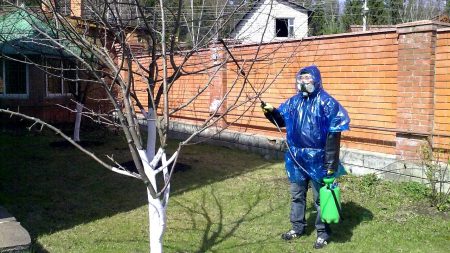 You may be interested in:
You may be interested in:As heat and light decrease, photosynthesis slows down due to a lack of solar energy. The nutrients accumulated over the summer gradually go from the leaves to the roots to be preserved there until next spring. Moreover, with a lack of rain, the tree "kills" its leaves before the deadline, so that there is enough moisture and nutrition for the formation of buds for the next season. If there is plenty of food and watering, the plants are in no hurry to part with the foliage so that the supply process lasts as long as possible.
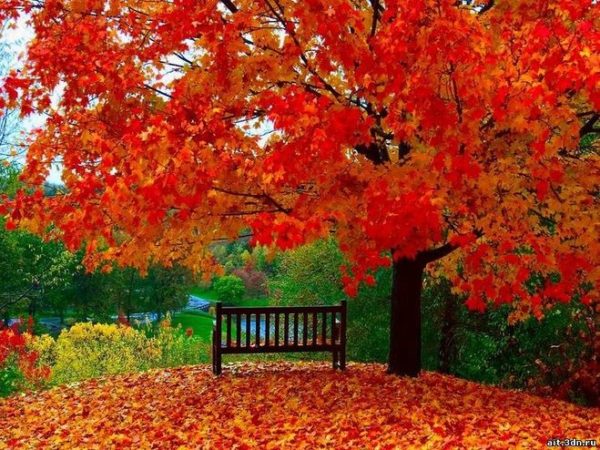
Reasons for change
Partial decomposition of chlorophyll results in the formation of other pigments responsible for the yellow and orange color of the leaves. The main coloring matter in them is the carotenoid, which is contained in the sheet, but chlorophyll overlaps this color. Therefore, some trees turn yellow in late summer. Anthocyanin is responsible for the red color of the leaves, which is formed only as a result of the decomposition of chlorophyll due to exposure to cold. This is the reason why some of the trees turn red in the fall.
Especially bright is the color of the leaves in dry sunny autumn and a temperature of 0 to 7 degrees. In rainy weather, the leaves are usually painted in dull yellow-brown and red-brown tones. Moreover, some scientists argue that the poorer the soil, the redder the leaves on the trees will be in autumn and, conversely, yellow on the more fertile soils in autumn.
Why leaves from trees fall, but no needles
Autumn foliage rustling underfoot on a sunny day is painted in a wide variety of yellow, orange, red shades. A tree with a lack of nutrition has to free itself from what it considers superfluous.The main causes of leaf fall:
- light reduction;
- lack of rain;
- cold weather;
- foliage damage.
With a decrease in the amount of sunlight and air temperature in plant cells, photosynthesis slows down, which entails a decrease in the production of sucrose, which is a source of nutrition for plants. To reduce energy consumption, the tree is forced to dump foliage.
The lack of rain also provokes leaf fall. Trying to survive, the plant reduces the need for moisture and is freed from unnecessary. Foliage of conifers in summer heat is not prone to fall due to the smaller area of the needles compared to the leaves. Trees, feeling the approach of cold weather, accumulate resources for winter survival and get rid of ballast.
Not only insects damage the leaves, but also adverse weather (wind, rain). In addition, by the end of the season harmful substances (metabolites) accumulate in them. It is believed that when a tree drops leaves, it is cleaned. Leaves are attached to the tree with a petiole. Closer to autumn, a layer of cells forms at the junction of the petiole with a branch. They grow, blocking the access of water and nutrition to the leaf. The connection with the tree is weakening. As a result, a blow of wind is enough to tear the leaf in the fall from the branch.
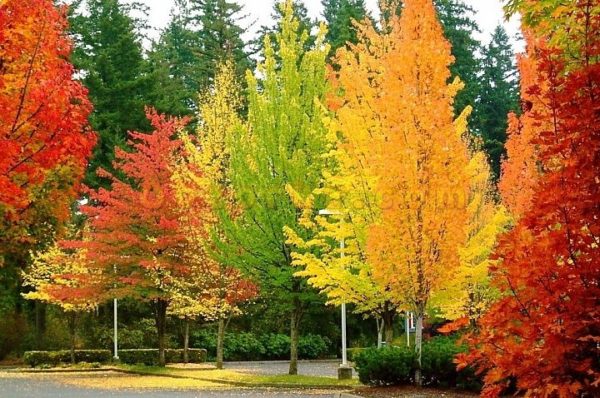
There are several reasons that help conifers to keep needles and not to dump them annually. It:
- A small area of modified leaves (needles), which helps to maintain moisture.
- The needles are coated with wax, which helps maintain moisture until spring.
- The cells of the needles contain components that contain antifreeze substances, due to which the trees survive in the winter cold.
Coniferous trees also drop needles, but they do it gradually and the human eye does not pick up changes. Pine or spruce for a few years completely change the "clothes".
When leaf fall in different trees ends
Leaf fall begins and ends with deciduous trees in the fall at different times. The first to turn yellow are birch, linden, ash. As soon as chlorophyll, due to a decrease in the amount of sunlight and heat, begins to collapse, yellow and orange colors immediately appear in the color of the leaves. The process of leaf decay begins in these trees in early September and lasts about 3 weeks.
After the first frosts begin to turn red and lose leaves fall maple, viburnum, mountain ash. The following temperature drops entail intensive folding of leaves by almost all trees. The foliage falls completely in the second half of October. And only winter oak does not peel yellow-brown leaves and stands all winter with dried leaves.
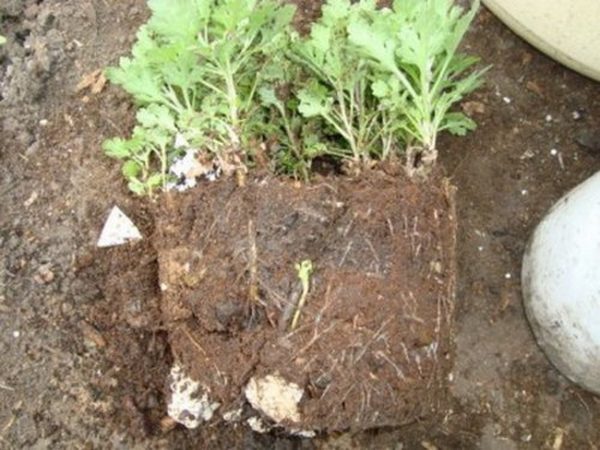 You may be interested in:
You may be interested in:Evergreen trees and shrubs
To the evergreens include all representatives of conifers, with the exception of larch, which dumps its leaves-needles. It grows in the wild mainly in areas with cold winters. But closer to the south there are deciduous trees and shrubs that remain green in the fall. Among them:
- evergreen honeysuckle, is a loach;
- heather - a low shrub, found wide application in the creation of garden compositions;
- evergreen laurel - a low tree with dense shiny leaves used in cooking.
Leaf fall is a natural biological process that takes place in nature every year, helping trees to survive difficult weather conditions in order to revive again in spring.

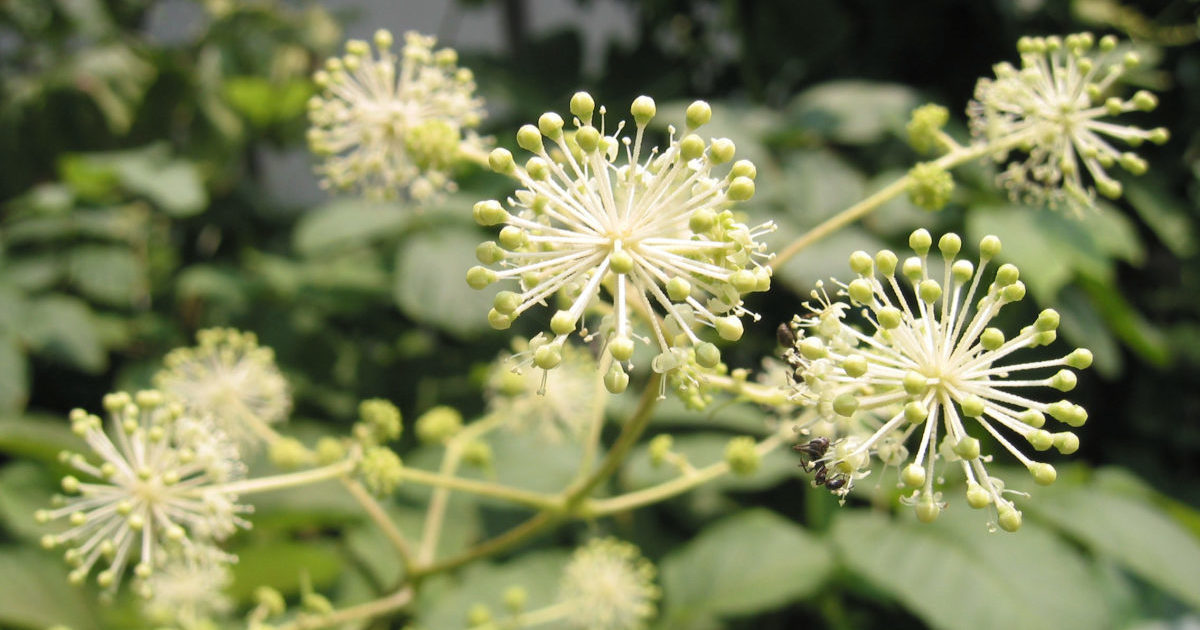 Aralia Manchurian - medicinal properties and contraindications, the use of tinctures in bodybuilding
Aralia Manchurian - medicinal properties and contraindications, the use of tinctures in bodybuilding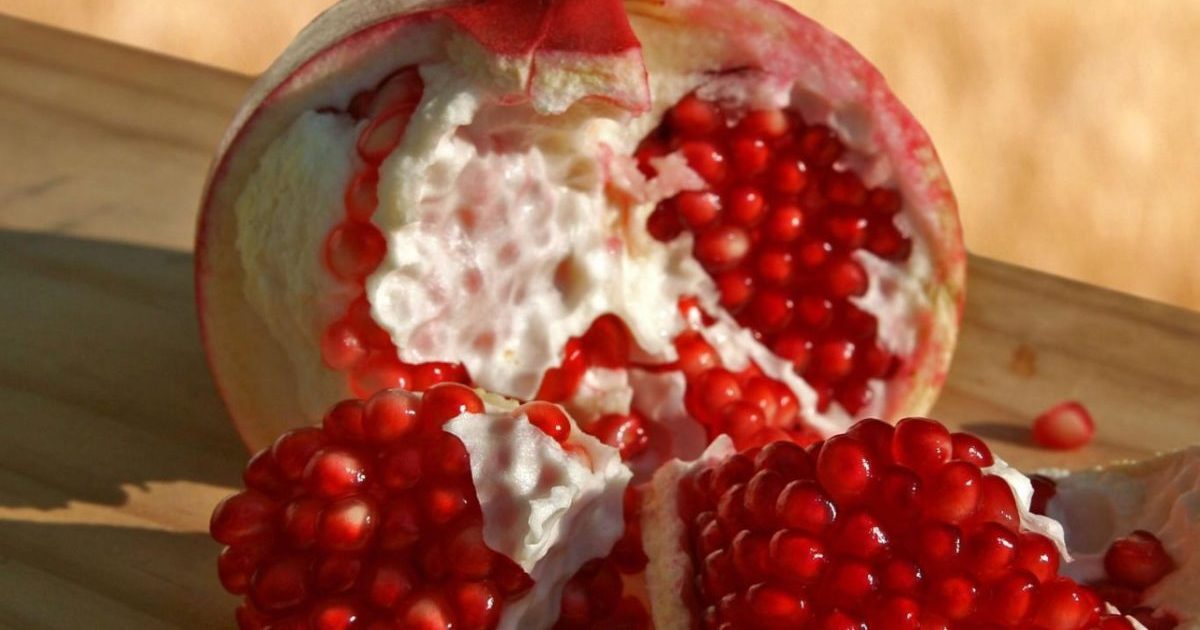 Seedless pomegranate - cutaway appearance, benefits and harms
Seedless pomegranate - cutaway appearance, benefits and harms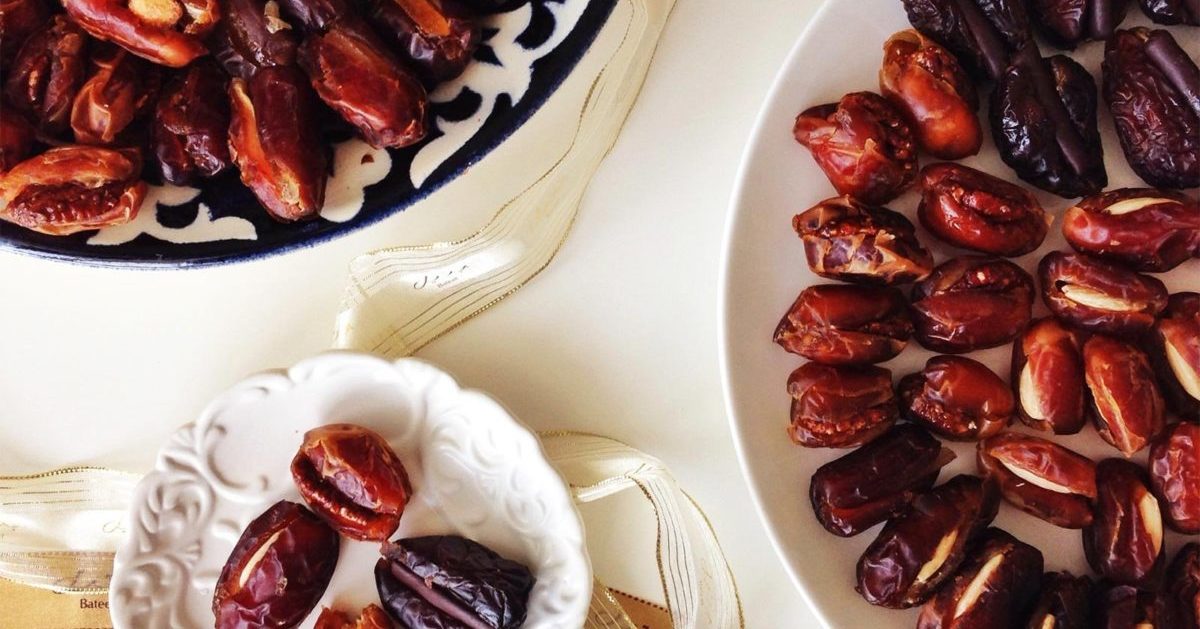 Dates - the benefits and harm to the body, how much you need to eat, properties and calorie content
Dates - the benefits and harm to the body, how much you need to eat, properties and calorie content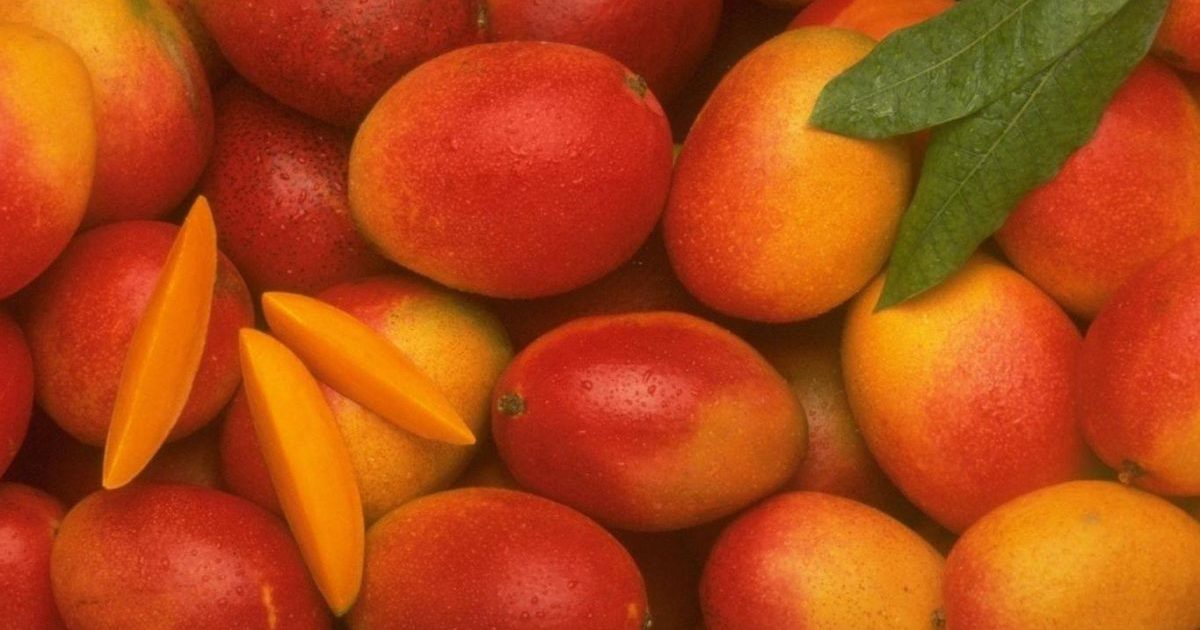 The benefits and harms of mango for the body of women and men - how to eat it?
The benefits and harms of mango for the body of women and men - how to eat it?